What a basket of essential groceries costs around the world today
The surging cost of basic foods across the globe
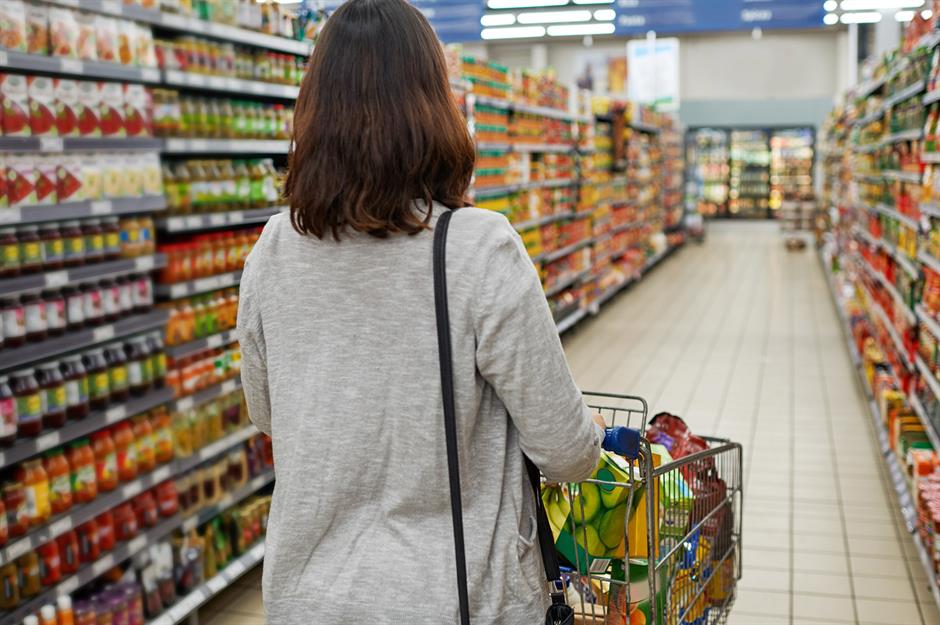
Feeling the pinch at the supermarket? You're not alone. Food prices have soared globally since the pandemic, leaving many struggling to afford everyday staples.
Still, grocery costs vary wildly around the world, and price hikes have hit some nations much harder than others. With this in mind, we've compared the typical price of a basket of essentials across 35 selected countries and territories, factoring in food inflation to find out how much the cost of the bare necessities is rising in each, based on data from Numbeo and Trading Economics.
Read on to discover the nations paying the least and most for essential items and see how your grocery bill stacks up...
All dollar amounts in US dollars. Prices correct as of November 2024, inflation figures correct as of October 2024.
Why have food prices increased so much?

A perfect storm of factors has led to skyrocketing food costs since the pandemic. As the world reopened, supply-chain disruptions and logistical challenges amid an explosion in demand and increasing fuel, labour and production costs sent prices through the roof.
Then Russia's invasion of Ukraine in 2022 further disrupted supply chains and drove up prices for fertiliser, as well as basics like wheat and sunflower oil. Extreme weather events made worse by climate change have exacerbated the situation by reducing crop yields, while avian flu outbreaks have also taken their toll. Meanwhile, food commodity market speculation and industry profiteering have left shoppers paying even more at the checkout.
Numbeo's global groceries gauge
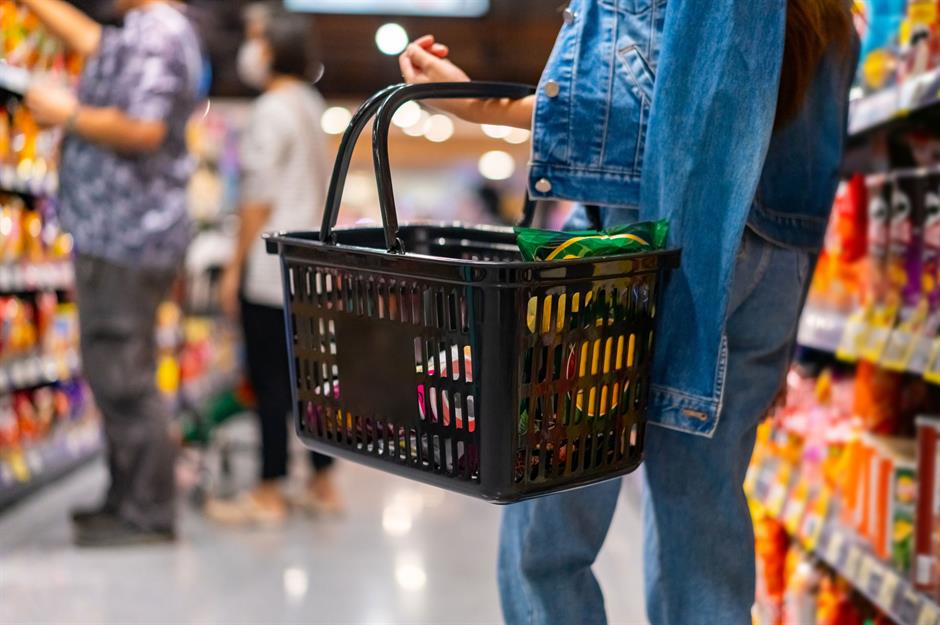
The world's biggest cost-of-living database, Numbeo crowdsources data from over 825,000 contributors worldwide and crunches the numbers with info from official sources to calculate the average price for a range of essential groceries in 151 countries and territories.
The basket of basics we've opted for includes a litre (1 US quart) of regular milk, a 500-gram (1.1lb) loaf of fresh white bread and a kilo (2.2lb) of white rice. We've also included 12 normal-sized eggs, a kilo (2.2lb) of local cheese and the same of chicken fillets, bananas, tomatoes, potatoes and onions, along with a 1.5-litre (1.6 US quart) bottle of water.
Now, let's discover how much this basket of essentials will cost you in 35 selected countries and territories, starting with the cheapest...
India: $13.96 (£11)
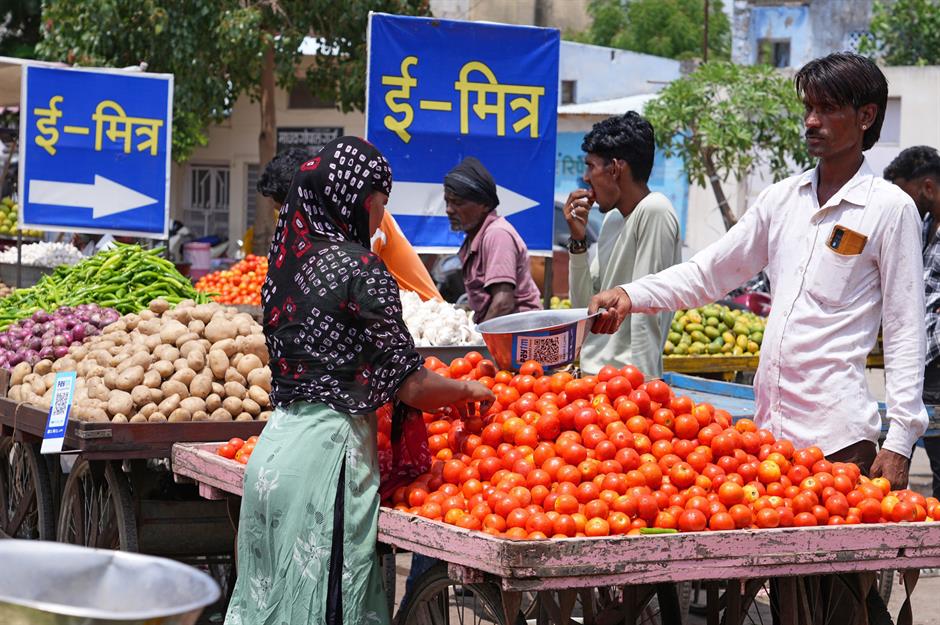
Egypt is the cheapest of the 151 countries and territories covered. The basket of essentials costs just $13.54 (£10.70) there on average. But India is hot on its heels, with the basics adding up to $13.96 (£11) typically.
When it comes to grocery costs, India is heaven for those on Western salaries but given the average monthly wage in the country is only $250 (£197), it's a different story for the regular Indian shopper. At a painful 10.9%, India's current food inflation figure is the second-highest in our round-up. Vegetables in particular have soared in cost due to extreme weather-induced crop damage and supply-chain issues.
Russia: $18.69 (£14.72)
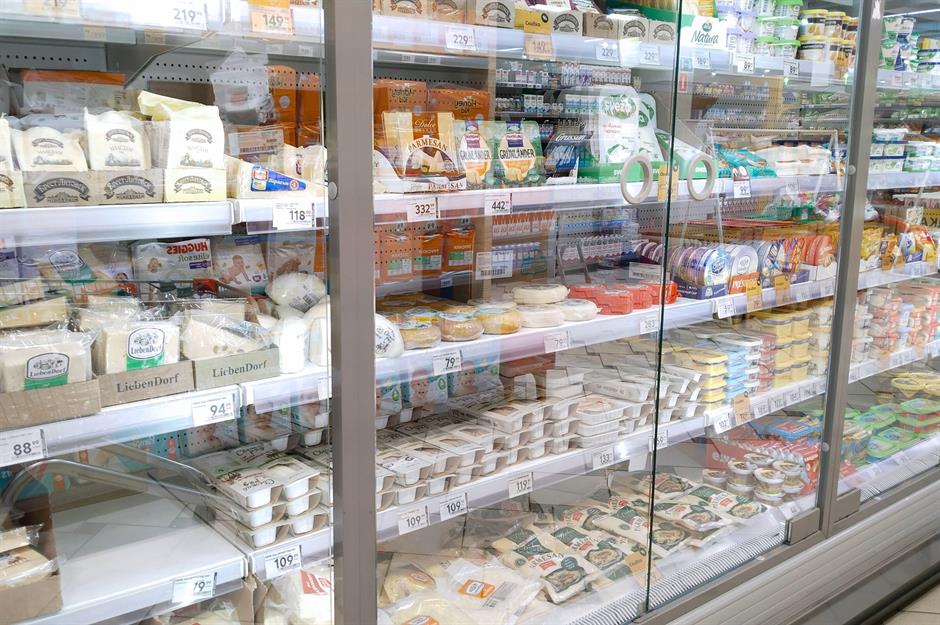
You may think Russia's grocery prices are remarkably economical as well. But everything is relative, and the typical Russian, who earns a low salary by global standards, reportedly spends over half their income on food. In contrast, the average American devotes under 7% of theirs. Plus, prices have gone into overdrive since Vladimir Putin launched his illegal invasion of Ukraine, fuelled by sanctions, labour shortages and increased production costs.
Food inflation stands at a hefty 9%, and for some items such as butter, certain meats and onions, prices are up more than 25% compared to the same time last year. According to CNN, supermarkets in the country have taken to locking up their stocks of butter as hard-up customers turn to shoplifting their day-to-day basics.
Colombia: $19.71 (£15.53)
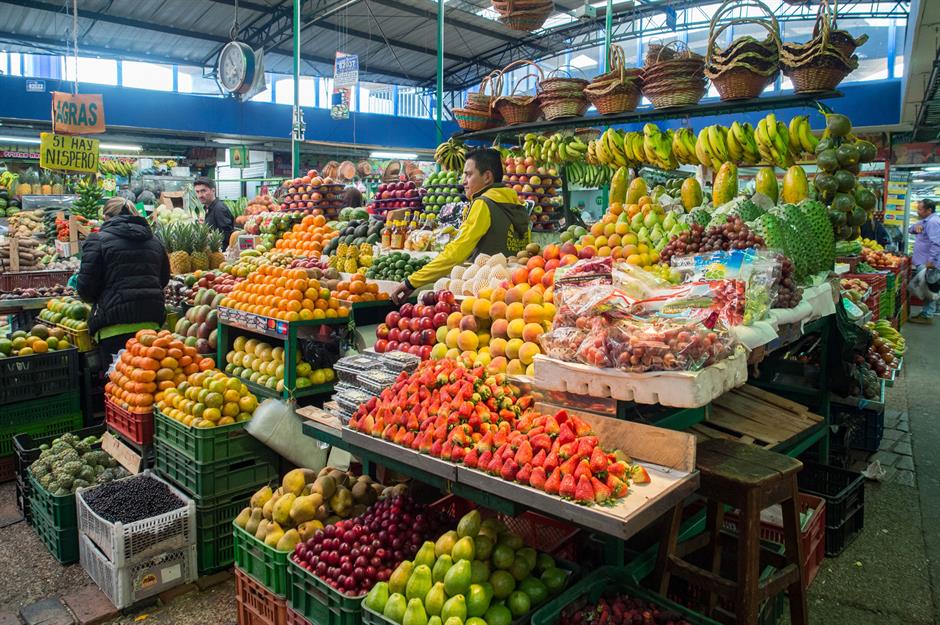
Much to the relief of the nation's shoppers, food inflation in Colombia has calmed to a historic low of 1.75%, down from the post-pandemic peak of 27.8% in December 2022.
Nonetheless, the decline in inflation is of little comfort to the 4.5 million people facing severe food insecurity in the country. Grocery prices in Colombia, while low by international standards, remain significantly more expensive than they were pre-COVID.
Ukraine: $21.55 (£16.98)
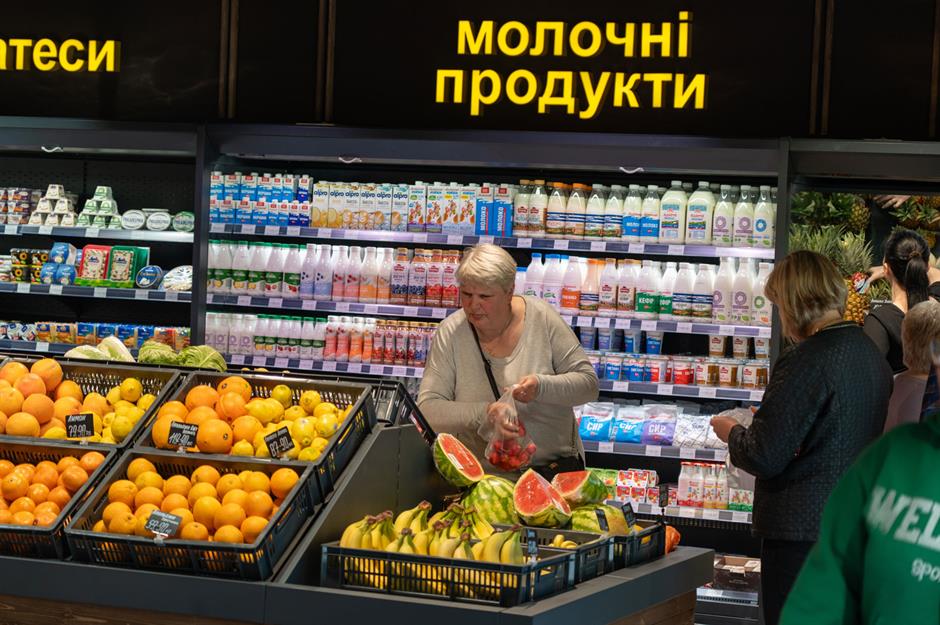
Basics are also cheap from an international standpoint in Ukraine, but prices have dramatically increased over the past few years.
Grocery costs were increasing in Ukraine before Russia invaded in 2022. However, prices shot up following the outbreak of war, with food inflation peaking at 35.7% in October 2022 as disruption to agriculture and other conflict-related factors inflated costs. After falling dramatically in 2023 and the first half of this year, food inflation is on the rise again in the beleaguered nation, reaching 10.8% in October, up from 8.5% the previous month.
Brazil: $22.34 (£17.60)
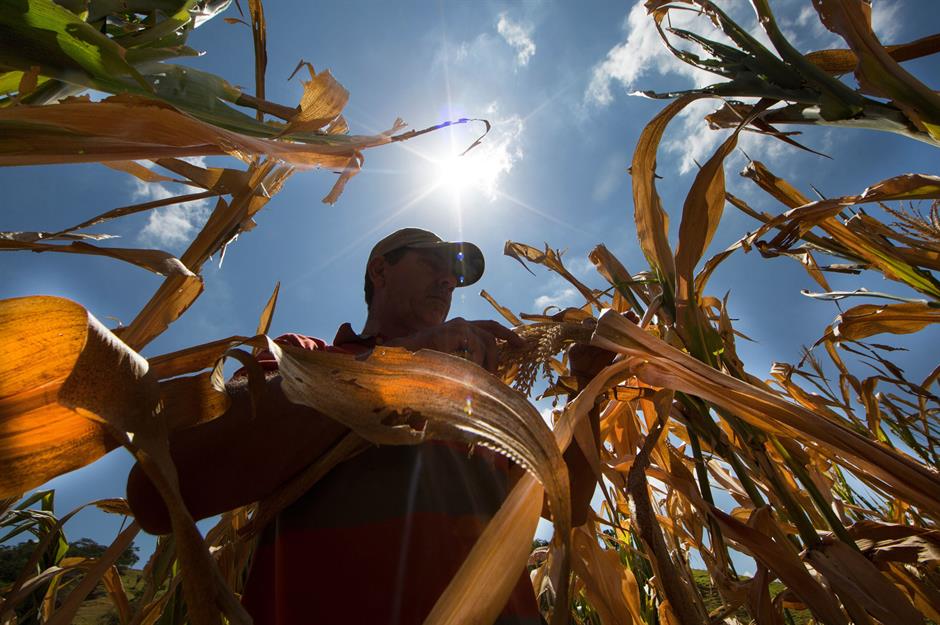
Despite its cheapness from a global perspective, the basket of essentials is getting pricier again in Brazil. Food inflation reached a high of 15.9% during the pandemic and bottomed out at 0.47% in October 2023. It has since come back with a vengeance, hitting 6.7% in October, with drought and rising exports to blame, according to news website The Brazilian Report.
The price rises are a problem for lower-income Brazilians, who have to set aside a large portion of their wages to pay for groceries.
Indonesia: $22.55 (£17.77)

Grocery prices have been on a rollercoaster ride in Indonesia since the pandemic. Food inflation peaked at 9.4% in July 2022 before falling and then rising again, but it's been on a downward trajectory since March and now stands at a respectable 2.4%.
The price of rice, the most important basic in the basket for an Indonesian household, has been the key driver. After rising to record heights earlier this year as El Niño weather conditions impacted production, the retail price has been steadily falling since March thanks to an increase in distribution of subsidised rice and cheaper imports.
Peru: $23.40 (£18.44)
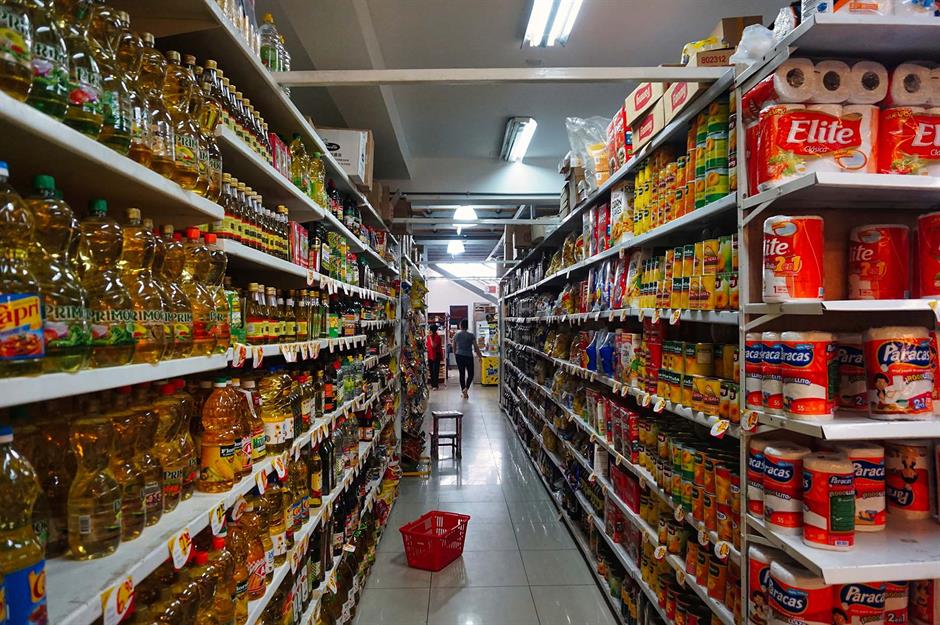
Peru has recently experienced a period of food deflation. Grocery prices in the country began falling in April and didn't start rising again until October, though only by 0.2%. They're still way higher than they were pre-COVID-19, considering food inflation reached 16.4% in May 2023.
According to global financial services group BBVA Research, the price drop and stabilisation are due to a smoothing out of supply chains after years of disruption.
South Africa: $23.94 (£18.86)
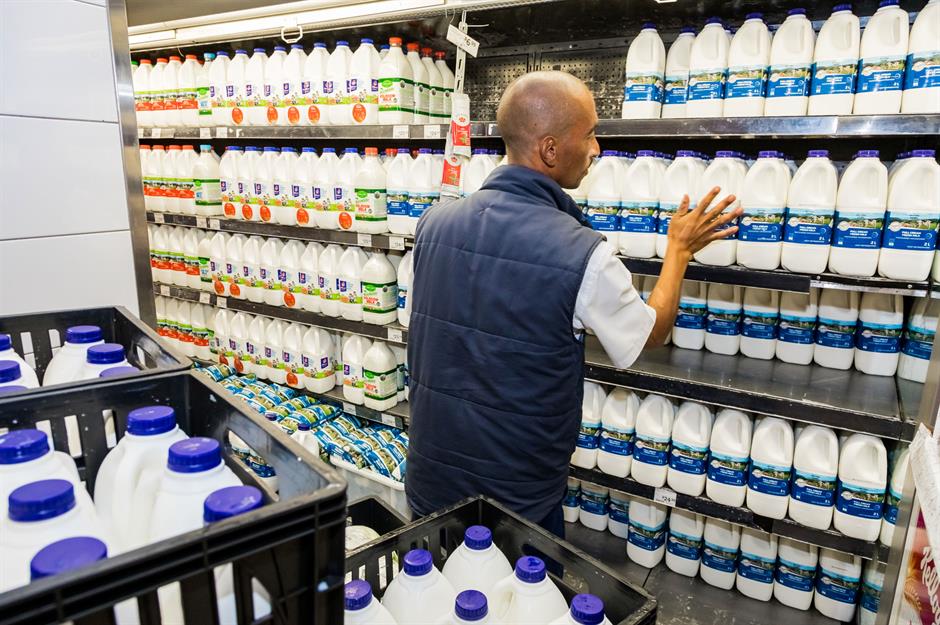
Apart from a blip last autumn, food inflation in South Africa has been falling since March 2023, when it peaked at 14%. The figure now stands at 3.6%, below the pre-pandemic number. The recent easing of the load-shedding energy crisis, lower fuel prices and a stronger rand have all contributed to the fall.
Yet, according to South Africa's Competition Commission, grocery prices are up 50% from 2020. So, while inflation has slowed, food in the Rainbow Nation is considerably more expensive than before the pandemic.
Philippines: $25.65 (£20.21)
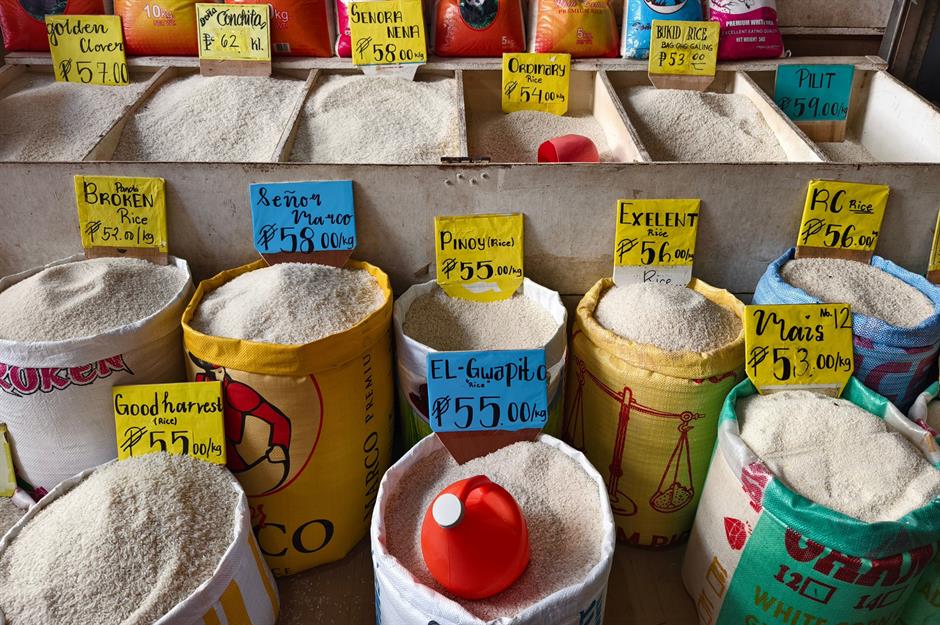
In the Philippines, food inflation fell to 1.4% in September before creeping up to 2.9% last month. Although the figure is well below the post-pandemic record of 10.8% in February 2023, the increase has riled the authorities, who are pulling out the stops to mitigate its effects.
Actions taken by the government of President Ferdinand Marcos Jr. have included a controversial cap on rice prices, food stamps for the poor and increased farming subsidies.
China: $27.15 (£21.39)
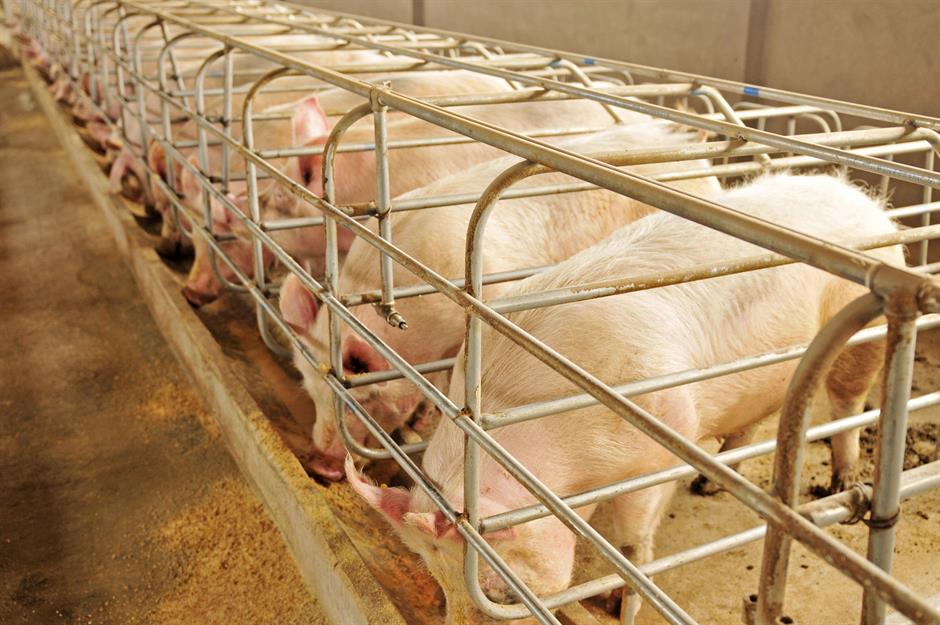
Bucking the global trend, food inflation in mainland China has actually come down since the start of the pandemic. It peaked at 21.9% in February 2020 but went negative later that year. Prices recovered in 2022, then deflation returned in 2023. However, prices have been rising since July, and the food inflation rate is currently 2.9%.
The sluggish Chinese economy and lower consumption are responsible for the period of deflation. According to business news website Inc., much of the recent upswing is down to spiking pork prices. Factors like supply-chain problems and an African swine fever outbreak have squeezed supplies, swelling the cost of China's most popular meat.
Poland: $27.60 (£21.74)
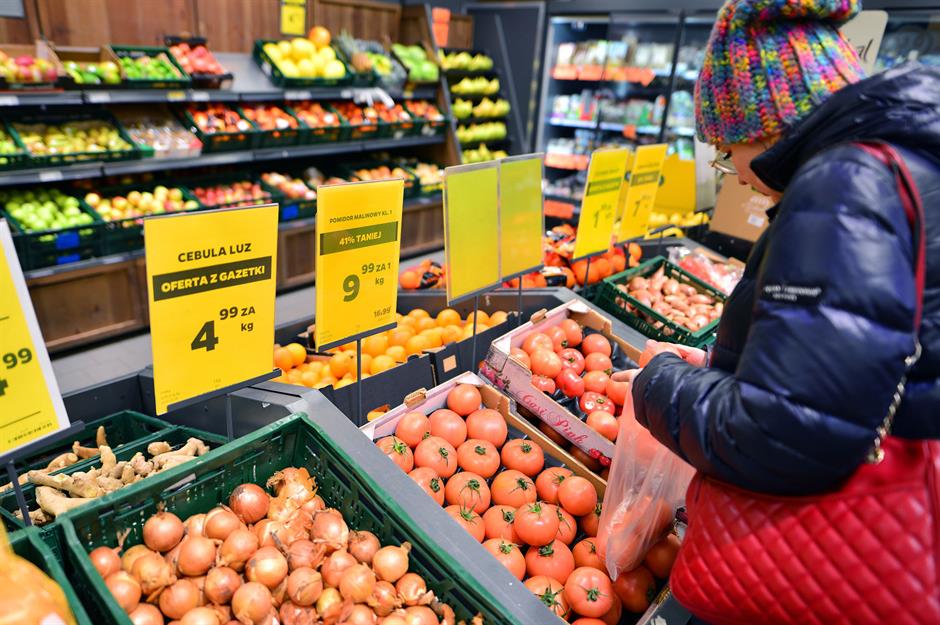
Poland is also among the few countries where food inflation is lower now than before the pandemic, down from 6.9% in December 2019 to 4.9% in October 2024, though prices have been trending up since March.
That same month, the Polish government restored the 5% VAT rate on food, which had been frozen following Russia's invasion of Ukraine, to help households cope with rising prices, hence the recent uptick in grocery costs.
Malaysia: $28.41 (£22.38)
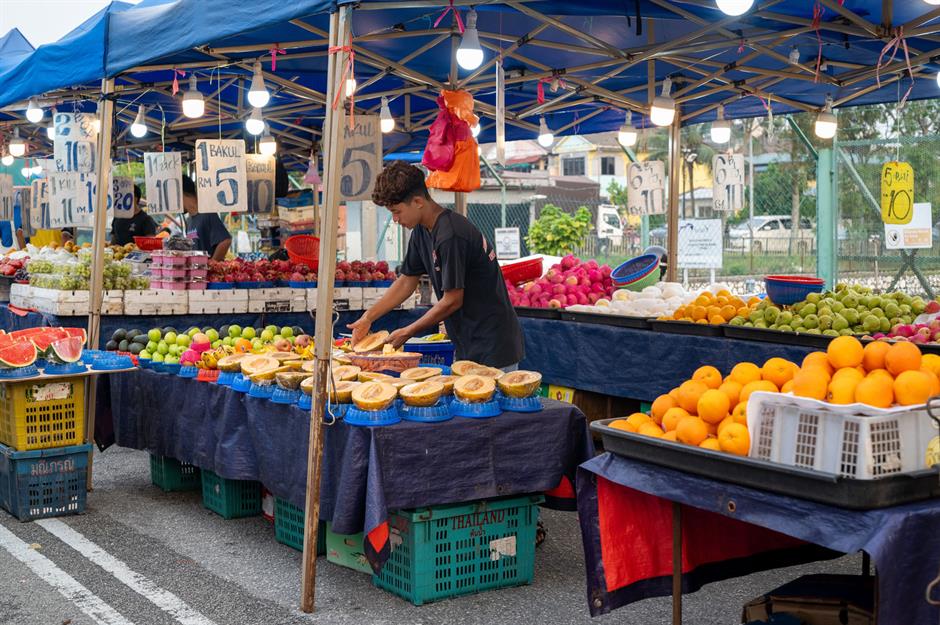
Food inflation in Malaysia hit a post-pandemic high of 7.3% in November 2022, worsened by the war in Ukraine and a weak ringgit. Higher prices have weighed heavily on the country's poor. A UN report published earlier this year revealed one in two children in low-income households in Kuala Lumpur eat fewer than three meals a day due to increased costs.
Worryingly, food inflation is on the rise again in the country. The figure for October was 2.3%, up from 1.6% in September, driven by higher meat and vegetable prices. However, prices have decreased for dairy products and eggs, as well as fish and other seafood.
Mexico: $29.27 (£23.06)
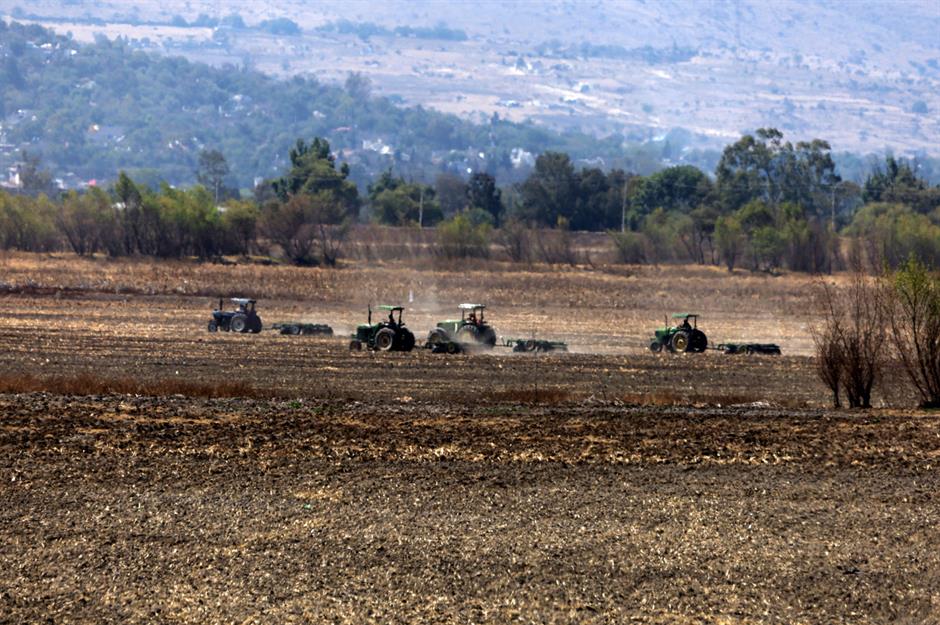
Grocery prices keep on rising in Mexico. While the current food inflation figure of 6.2% is much lower than the record 14.6% recorded in September 2022, it's still much higher than the pre-COVID 2.5%.
Fruit and vegetable prices are increasing the most, having jumped 18% year-on-year, with meat not far behind. The chief driver is extreme weather. Prolonged drought, intense heat and other climate-related events have reduced yields and pushed up prices. In response, the Mexican government has agreed to bring back price controls, limiting the cost of a basket of 24 basic items to 910 pesos ($44.79/£35.29).
Argentina: $30.30 (£23.87)

Argentina's food inflation is mind-boggling and the worst in the world by a long shot. Even before the pandemic, it stood at a huge 56.8%. Then it reached an unbelievable 308.3% in March 2024. The figure has since dropped but is still incredibly high at 183%.
Argentina is in the throes of its worst economic crisis in decades. And with President Javier Milei's austerity reforms further squeezing low-income Argentinians, the most desperate are having to scavenge from dumpsters to feed their families, as reported by Reuters.
Chile: $31.35 (£24.70)

Chile's basket of necessities is pricey for the region, but quite a bit below the $41.42 (£32.63) it costs in Uruguay, the most expensive Latin American country for groceries.
Food inflation in the country smashed records in December 2022, when it peaked at 24.1%. The figure then fell month by month, ending up below 6% this year. But it's heading up again, increasing to 5% in October from September's 3.6%. Again, unfavourable weather conditions, which have impacted harvests this year, are among the culprits.
UAE: $31.83 (£25.08)
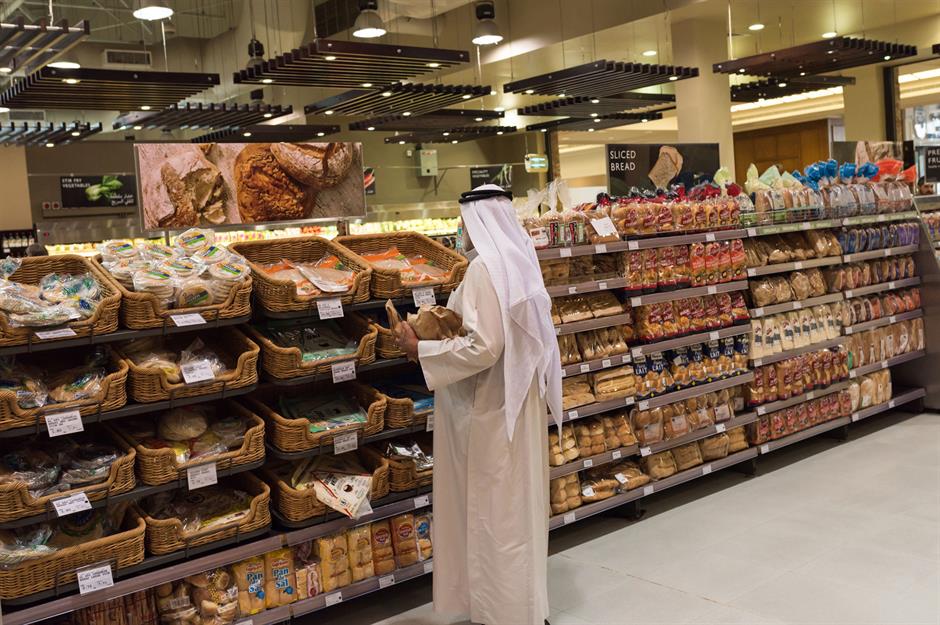
Grocery prices were actually dropping in the UAE right before the pandemic. Food inflation made a forceful comeback during COVID-19, leading to a boom for budget retailers in the nation as shoppers sought to weather the storm of rising prices.
Costs have been trending down since the summer of 2022, and the food inflation rate in Dubai is currently 1.9%, which is about the ideal figure. Tension in the Red Sea and the soaring cost of insuring shipping containers have been cited as a key factor in food price increases.
Spain: $35.15 (£27.69)

Spain has struggled with food inflation post-pandemic. The rate increased to 16.6% in February 2023, the highest for almost 30 years. And while it has stabilised at 1.9%, prices are more than 30% more expensive than in December 2019.
Olive oil, a key staple in Spain, has massively increased in price, with a persistent drought among the underlying causes. The good news is that the harvest was much better this year, so shoppers in Spain, and other countries in Europe, are likely to pay less for the essential in the coming months.
UK: $35.17 (£27.71)
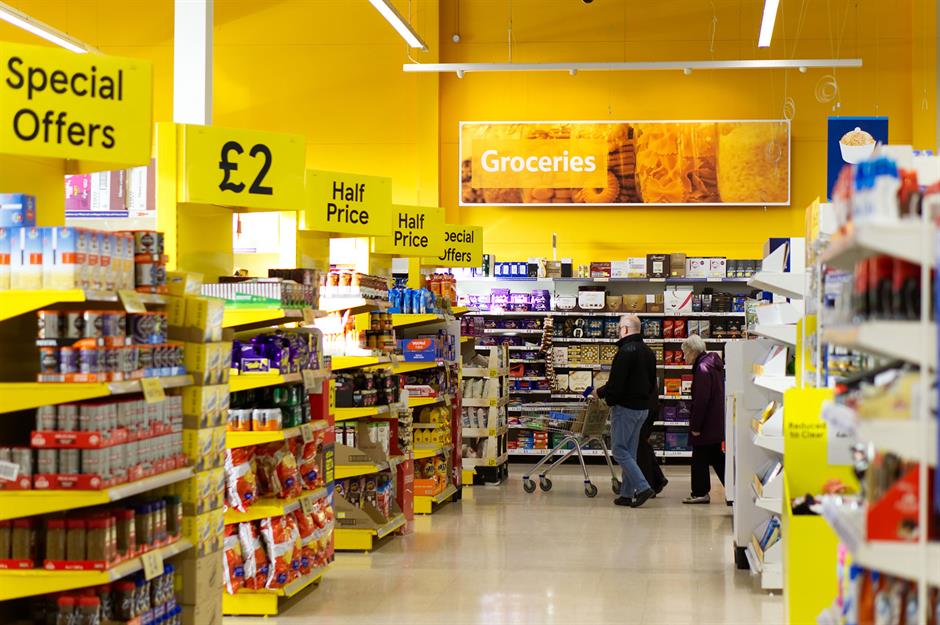
The UK has been on a similar trajectory in terms of grocery prices. Food inflation peaked at 19.1% in March 2023 but has since come down to 1.9%, echoing Spain's figure. The cost of a basket of basics is more or less the same in both countries. But a Spanish person visiting the UK would probably baulk at the prices in the nation's stores, so what's going on?
The UK's food retail sector is extremely competitive, and essentials, aka 'known value items' like milk and eggs, are usually sold at a loss to attract customers. The downside is that supermarkets in Britain tend to offset these 'loss leaders' by charging premium prices for other products. The UK is also one of the world's largest net importers of food, leaving it exposed to factors largely beyond its control, including weather, crop yields, and global demand, all of which serve to push up prices.
Ireland: $39.03 (£30.75)
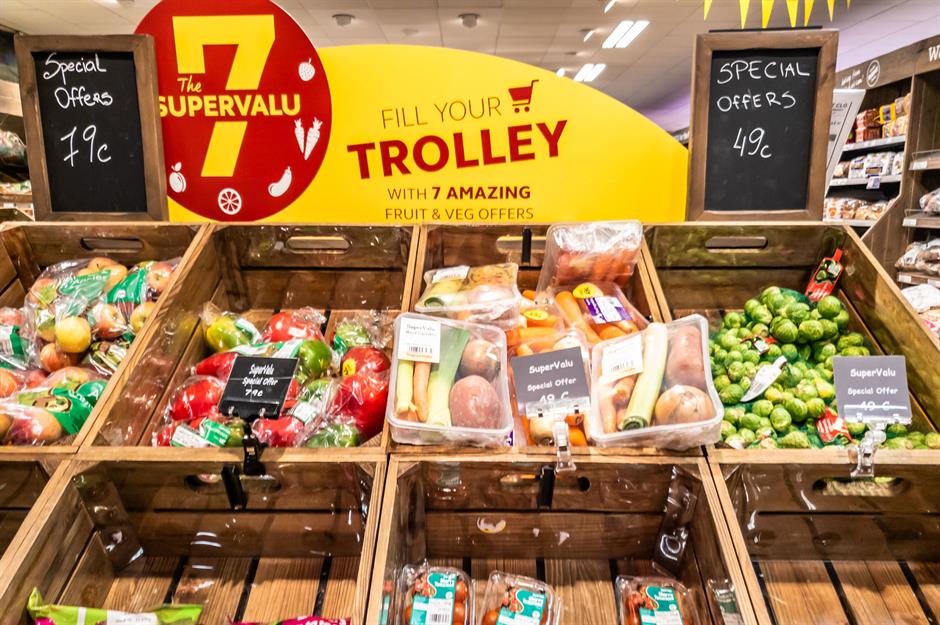
Like the UK, Ireland imports many of its essential items and food inflation also spiked early in 2023, topping out at 13.1% in March and April of that year. It has since steadily dropped, falling to 1.9% in September 2024. However, the rate ticked up to 2.1% in October.
Unsurprisingly, shoppers in the country are scrambling to save on their grocery bills, increasingly opting for promotional offers and supermarket own-label products over more expensive branded items, as per market research institute Kantar.
Japan: $39.10 (£30.80)

Japanese households are facing bigger grocery bills, with food inflation at 3.5%. The figure is down from the post-pandemic peak of 9% in September 2023 but quite a bit higher than the 1.9% recorded just before COVID-19 struck.
Rising prices reportedly stem from the weak yen, which is driving up the cost of food imports, not to mention sharp increases in the cost of energy, staff, packaging and freight.
Australia: $41 (£32.30)
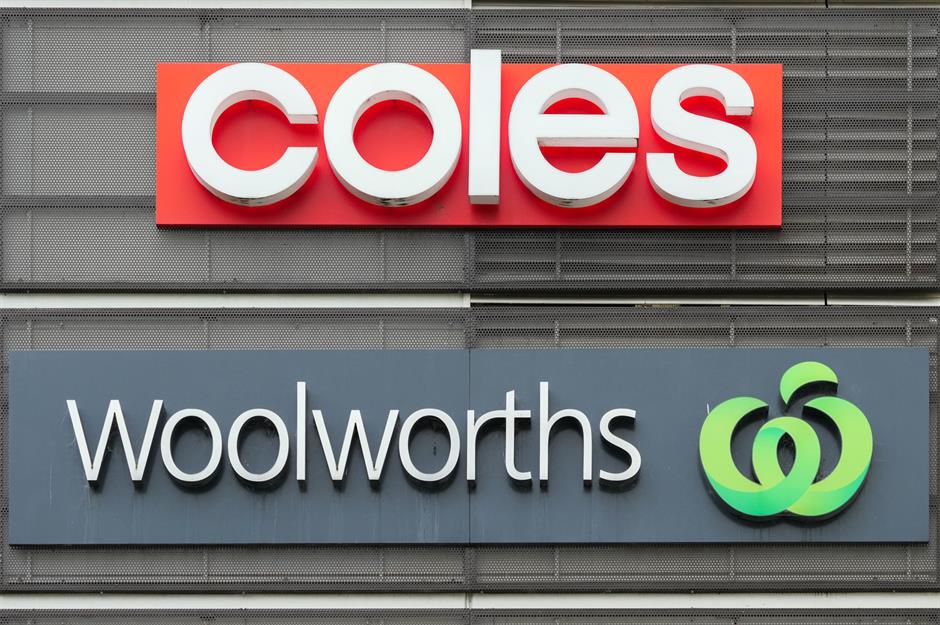
The basket of essentials costs a steep $41 (£32.30) in Australia. After climbing to 9.2% at the end of 2022, food inflation in the country has softened to 3.3% but hasn't returned to the pre-pandemic figure of 2.6%.
One major reason cited by experts for this persistent inflation is the relative lack of competition in Australia's food retail sector. It's essentially a duopoly, with Coles and Woolworths controlling the lion's share of the market.
New Zealand: $41.70 (£32.85)
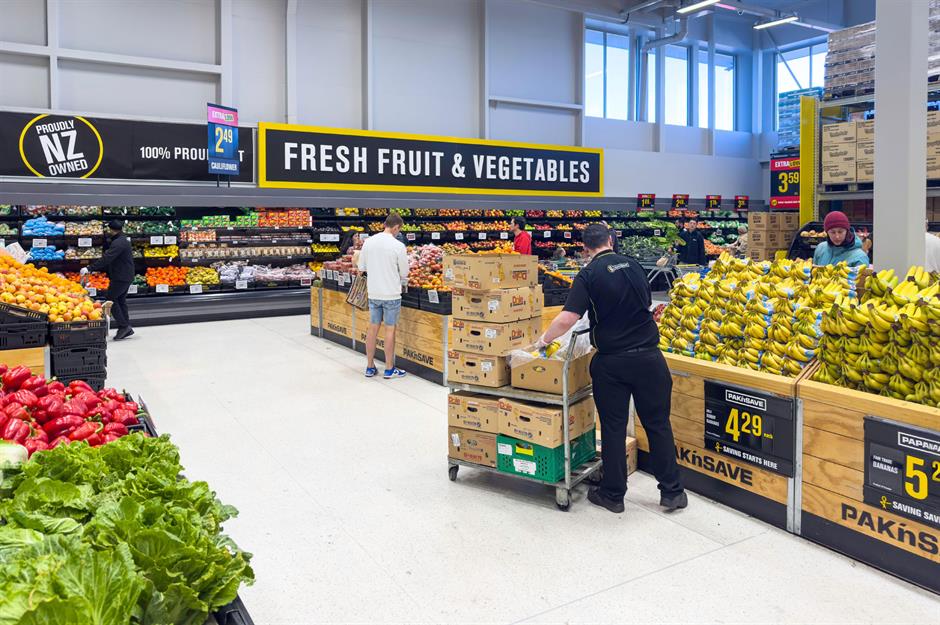
New Zealand suffered even higher food inflation in the immediate post-pandemic period, with the figure peaking at 12.5% in June 2023. However, its number is now lower than Australia's at 1.2% after going negative earlier in 2024, so New Zealand's representative basket of goods will likely become cheaper than Australia's over the next few months.
New Zealand's food retail sector is even more of a two-horse race. The Pak'n'Save and Countdown chains control much of the market in the country, crowding out smaller competitors that could help bring prices down.
Belgium: $42.47 (£33.46)
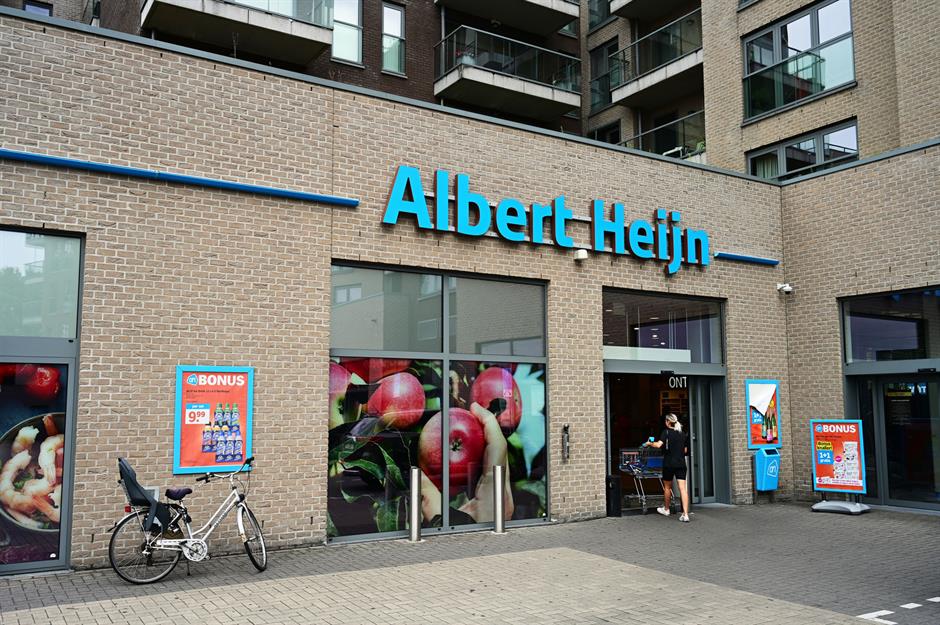
Belgium has also experienced a period of food deflation this year and the rate currently stands at just 1.3%, down from the post-pandemic high of 18% recorded in March 2023. But it's unlikely Belgians are popping the champagne to celebrate. Many would probably have a hard time affording such a luxury.
A recent study by France's IÉSEG School of Management revealed grocery prices in Belgium are now 27% more expensive than they were in October 2021, when prices started rising in earnest. Higher labour costs and higher prices charged by international suppliers to Belgian warehouses are often cited as reasons for the country's excessive food prices.
Italy: $44.29 (£34.89)
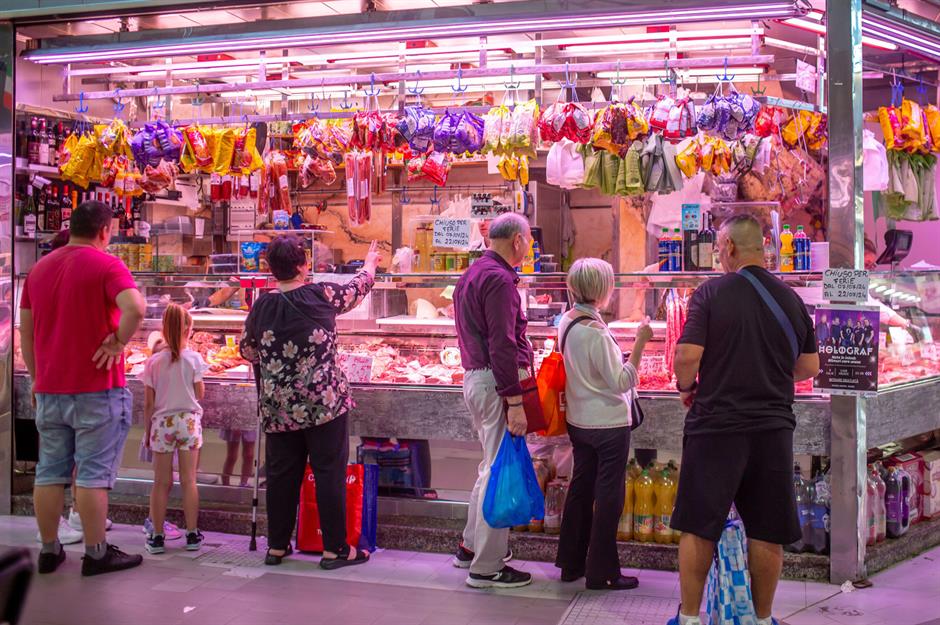
Food inflation in Italy reached an all-time high of 13.6% in November 2022 and prices continued to rise rapidly in the early part of 2023, even leading to calls for a national pasta strike. It was eventually called off, and food inflation dropped to 0.9% in the summer of 2024, though the rate has since crept up to 2.6%.
According to a survey featured by Statista, Italians have been doing everything they can to reduce mounting grocery bills, from cutting back on treats and hunting for offers to limiting food waste as best they can.
Germany: $46.30 (£36.48)
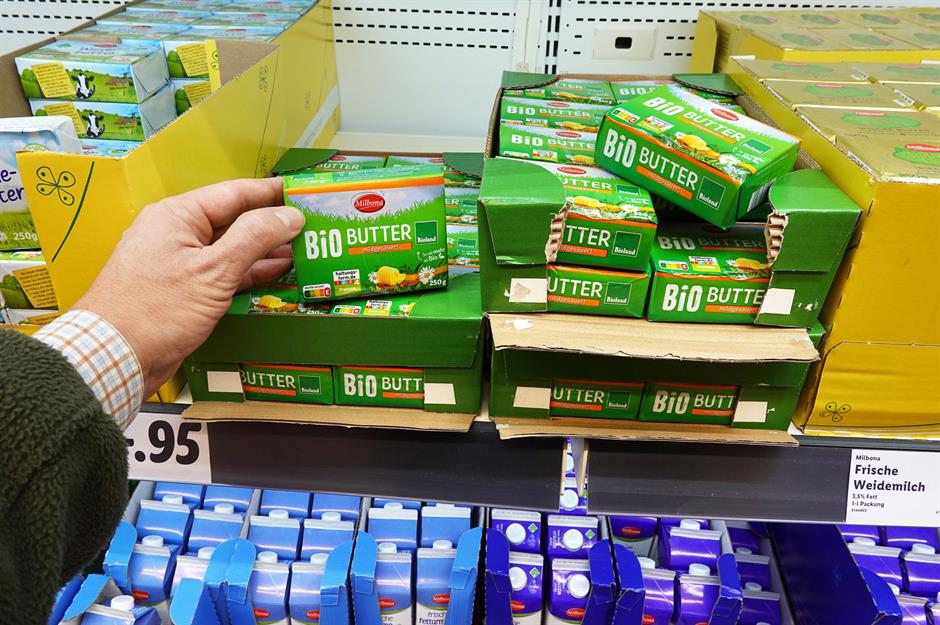
Like so many people across the world, German shoppers have been feeling the sting of food inflation over the past few years. The rate hit a record 21.2% in March 2023 but then dropped steeply, dropping under 0.2% in March 2024. However, it's been increasing since then and currently comes in at 2.8%.
Butter in particular is shattering price records, having surged in cost this year. Lower milk production, increased use of milk to produce other dairy products like cheese, and less available milk with the required fat content have heavily restricted supply, hence the unprecedented price rises. The war in Ukraine, higher agricultural production costs and extreme weather events have all contributed to the rise.
Canada: $47.27 (£37.24)
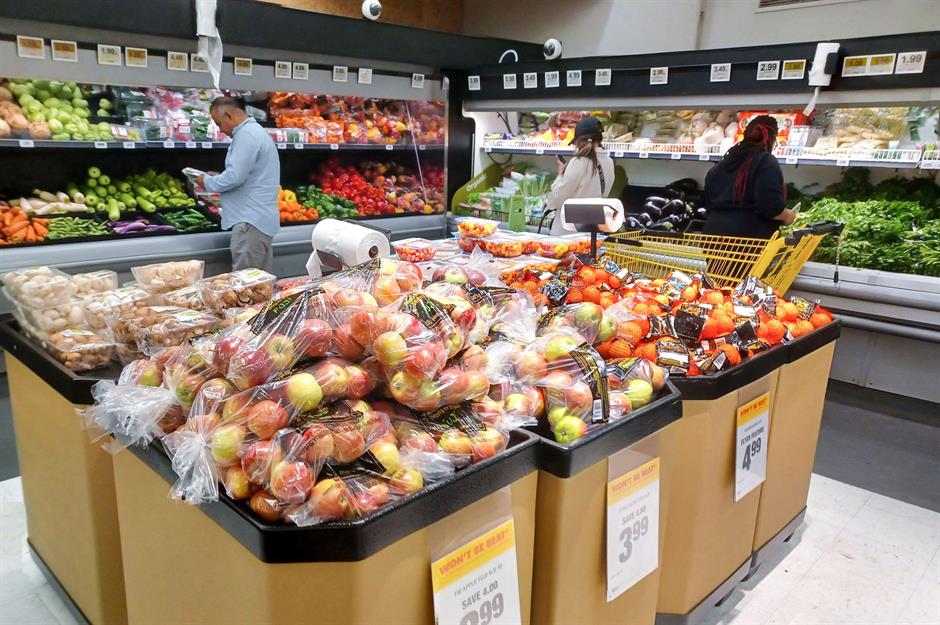
Canada's food inflation peaked at 10.4% in January 2023 and eventually dipped to 2.3% in April. But it increased shortly after and has become as sticky as the nation's finest maple syrup, hovering around 2.8%.
The weak Canadian dollar and strong US dollar are the key culprits, as Canada imports much of its food from over the border. Shoppers are feeling the pinch, and according to a poll conducted in August for website Global News, 43% of Canadians are worried they might not have enough money to feed their families.
Singapore: $47.82 (£37.67)
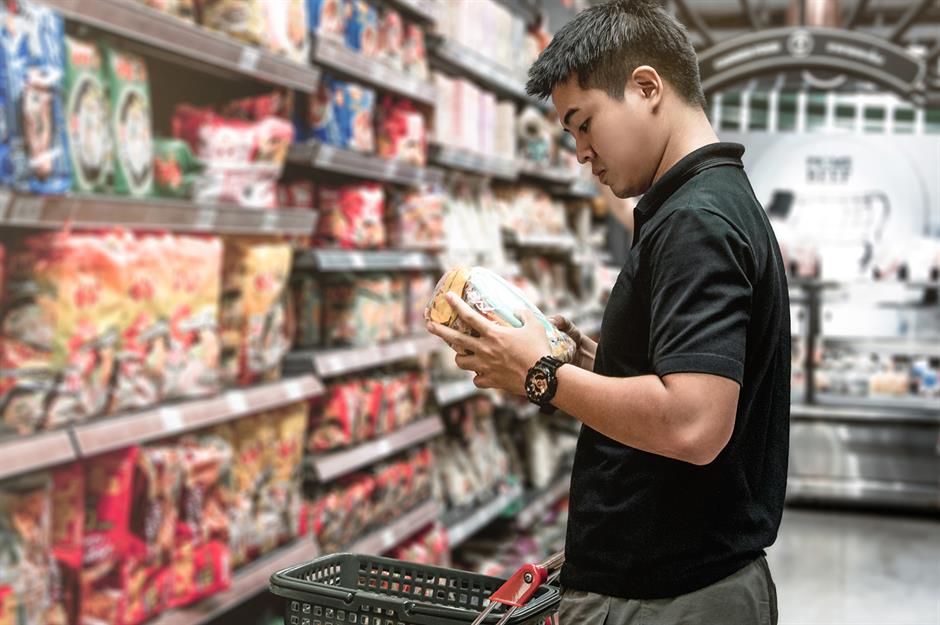
Food inflation is also proving sticky in Singapore. It's down to 2.6% from the post-pandemic peak of 8.1% in February 2023, but remains above the pre-COVID-19 figure of 1.7%.
A trip to the supermarket today is considerably more expensive than before the pandemic. Even the city-state's famed hawker food, which had long been a super-cheap alternative to eating in, has become noticeably more pricey over the past couple of years. Only a tiny percentage of the city-state's land is used for agricultural purposes, meaning Singapore imports most of its essential items and is susceptible to the headwinds from global trade fluctuations.
Netherlands: $48.09 (£37.89)
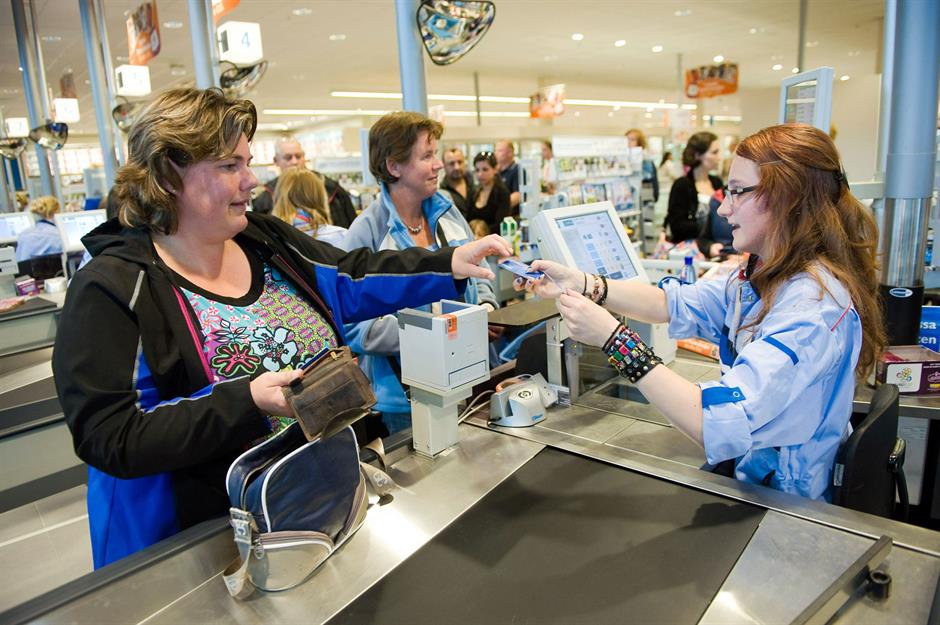
The Netherlands has had it even worse. Food inflation hit a record high of 17.9% in February 2023. The rate steadily fell throughout the rest of 2023 and until February 2024, when it bottomed out at 0.8%. But since then, food inflation has been edging up and now stands at 2.1%.
Rabobank's Sebastiaan Schreijen recently told news website NL Times that this is largely the fault of the Dutch government, which is driving up costs with price-hiking measures such as a sugar tax on soft drinks.
France: $51.08 (£40.24)
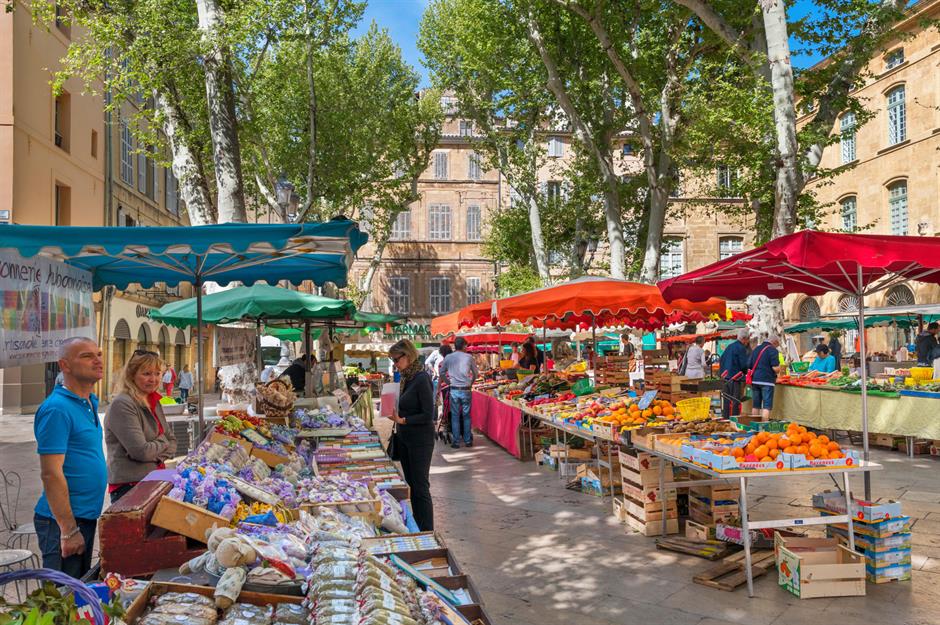
France is in the midst of a consumption slump, according to Le Monde newspaper, as inflation-weary shoppers tighten their belts. Food inflation reached an all-time high of 15.9% in March 2023. It finally dropped below 2% in March 2024 and has stayed around 0.5% since July.
Yet the slower pace of increases has provided little comfort to the French public, who are paying 20% more for their food compared to 2021. In the summer of 2024, the typical household shopping basket contained just 11 items, down from 14 in 2020, according to Kantar. While France produces more of its own food than many countries on this list, labour costs are high and inevitably impact prices.
Austria: $51.97 (£40.94)
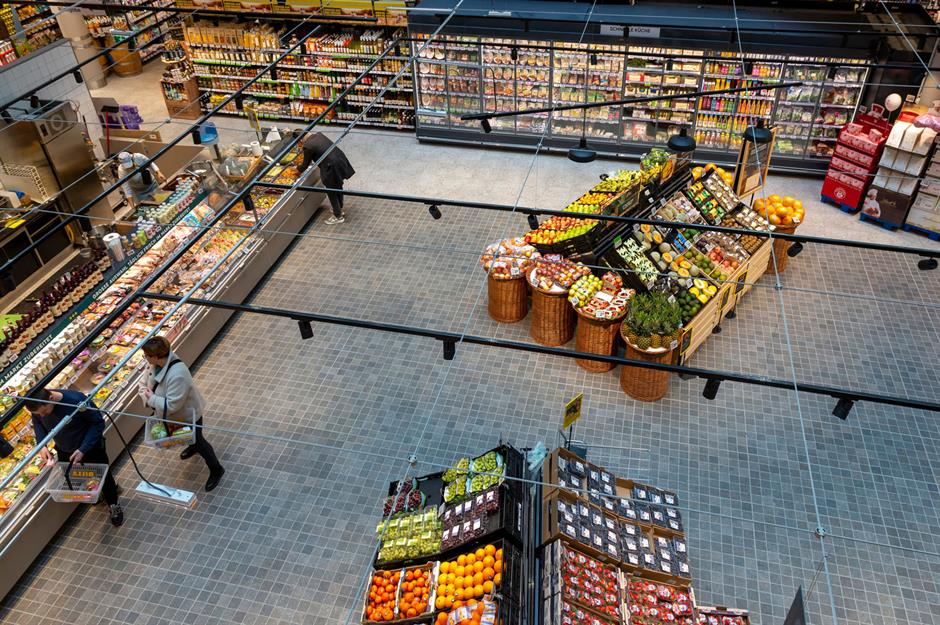
Since 2021, Austrians have endured grocery price rises of up to 90%, according to the country's Chamber of Labour. Pasta prices have increased the most, followed by flour and sunflower oil, with the war in Ukraine the root cause.
Food inflation touched a record 17% in January 2023. It cooled dramatically through the rest of the year and until this past July when the rate came in at 1.1%, only to start rising again. At the last count, the figure had increased to 2.7%.
USA: $52.80 (£41.60)

Retail food prices in the US jumped by 11% between 2021 and 2022, the biggest annual increase for 40 years. Food inflation peaked at 11.4% in August 2022. It's now under control, having hovered around the 2% mark for much of 2024. Despite having an abundance of land dedicated to agriculture, higher production, labour and fuel costs have taken their toll on every aspect of the American food system.
Grocery prices in the nation have risen 28% since 2019, putting serious strain on lower-income US households in particular. And prices haven't stabilised for every item in the basket of essentials. For instance, the cost of eggs increased by more than 30% in October 2024, as fierce demand and an outbreak of avian flu strained supplies. 'Eggflation' became a hot topic during the recent election, with voters expressing anger over the soaring cost of food. The incoming President Trump has vowed to tackle high prices by imposing tariffs on food imports, a move which experts agree is only likely to worsen the situation in the country.
Luxembourg: $52.88 (£41.66)
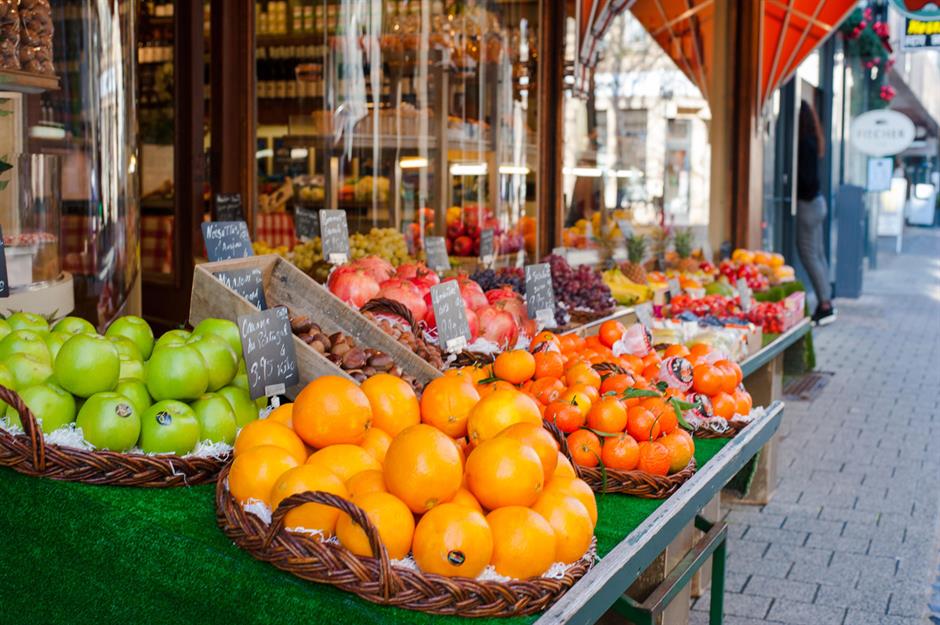
Food inflation has moderated in Luxembourg. After reaching a record high of 13.3% in March 2023, the rate dropped below 2% earlier this year and now stands at 1.3%. However, Luxembourg still has the highest grocery prices in the EU, and a trip to a supermarket in the nation isn't for the faint-hearted.
Luckily, residents of the compact duchy can easily cross the border to Germany, Belgium or France to take advantage of their lower grocery prices.
Hong Kong: $59.92 (£47.21)
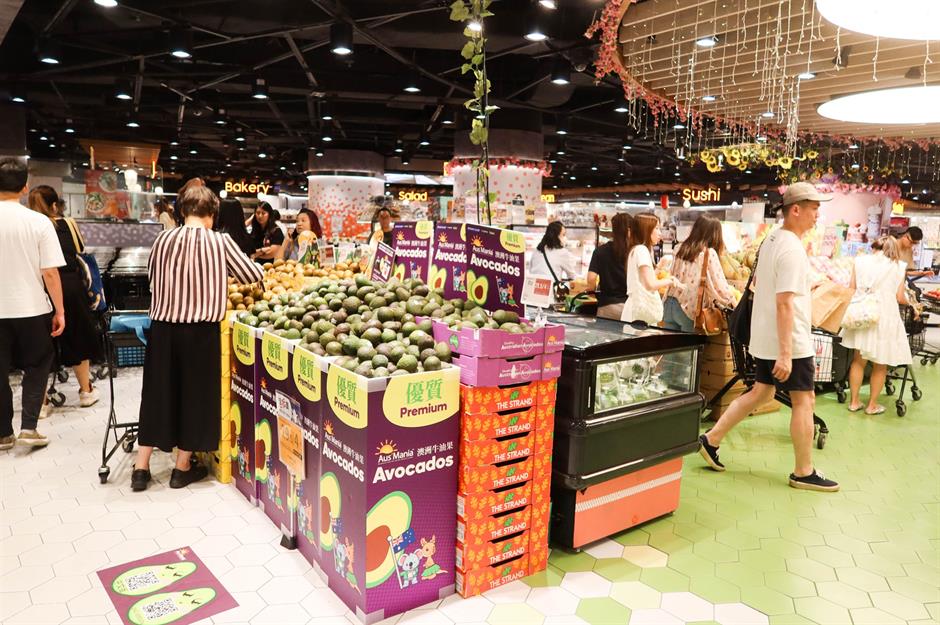
Similarly, Hong Kongers are flocking to mainland China in their droves to save money on groceries, which are much more expensive in the former British colony.
Post-pandemic food inflation has been less pronounced in Hong Kong, and the rate now stands at a very light 0.9%. But food prices have always been high in the special administrative region of China, which has to import as much as 90% of its food.
Switzerland: $85.39 (£67.27)

Likewise, food inflation hasn't been that big of a problem in Switzerland post-pandemic, and the figure is currently in negative territory at -0.3%.
Switzerland puts weighty tariffs on imported food to protect local farmers and safeguard the nation's food security, which explains its eye-watering prices, an issue Americans may soon be grappling with if Donald Trump presses ahead with his tariffs pledge. Speaking to US magazine Fortune in August, Stefan Legge, head of tax and trade policy at the University of St Gallen, explained that Swiss shoppers are willing to pay a premium for domestic products, which are prized for their exceptional quality and robust environmental and social standards.
Bermuda: $105.20 (£82.88)

Grocery prices in Bermuda are astronomical. The basket of basics in the British overseas territory costs $105.20 (£82.88), a whopping eight times more than the cheapest country, Egypt.
Bermuda imports most of its food from the US, with carrots among the few things that aren't shipped in year-round. This is incredibly costly at the best of times but has become exorbitant over the past couple of years as food inflation has shot up. Predictably, Bermuda's rate spiked in tandem with America's, peaking at 10.6% in September 2022. However, in contrast to the US, its figure remains high at 4.9%.
Now discover what the average person earns in different countries around the world
Comments
Do you want to comment on this article? You need to be signed in for this feature